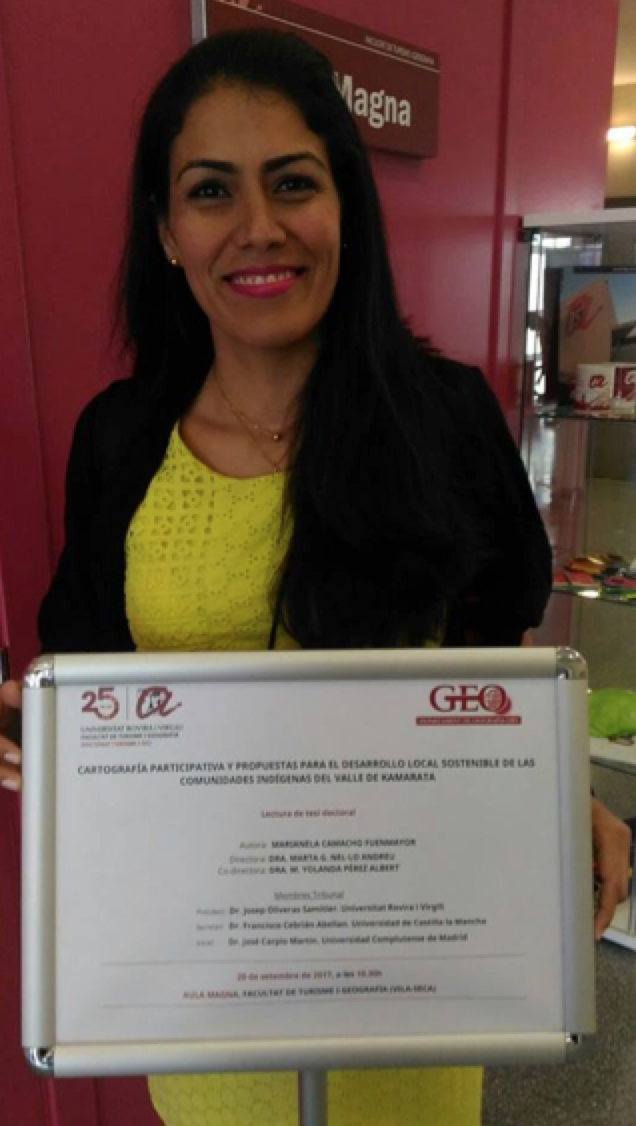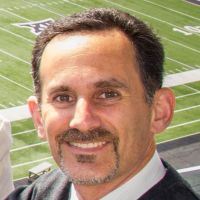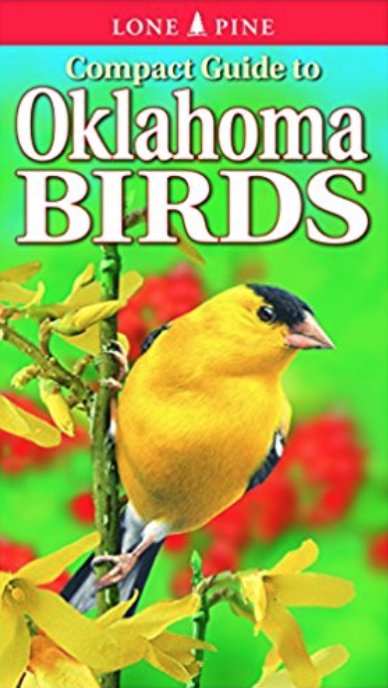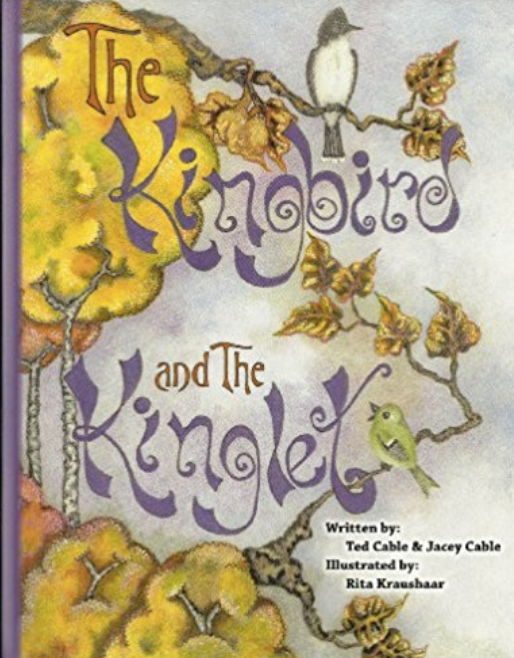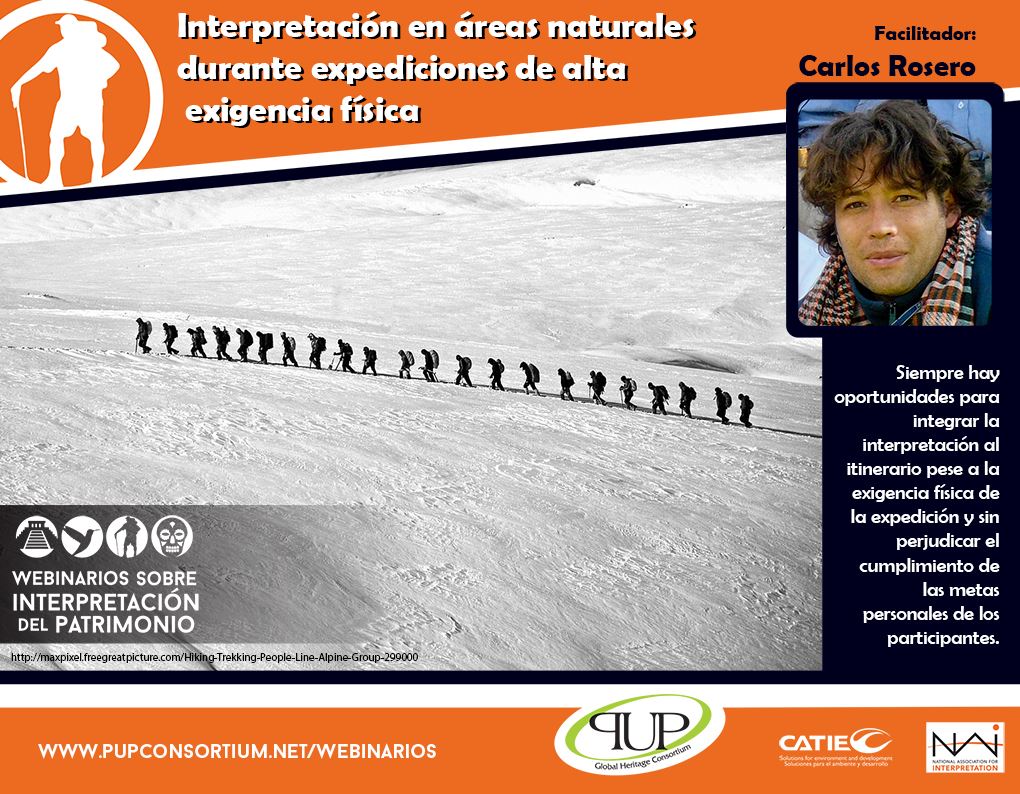| Advancing Integral Heritage Management |
| PUP Strategy Dialogue A series of in-depth conversations to determine the future of the PUP Consortium. 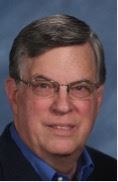 Greetings PUP Colleagues around the World, We are now a network of 53 members in 18 countries – a virtual consortium with occasional opportunities to meet in the field, but our common turf is in “Cyberland” on the internet. In May, 2017, we started our Strategy Dialogue online using Zoom meetings and email exchanges to focus our future directionsIn Step One we looked inward to review the ’state’ of the consortium – strengths, weaknesses, and our unique features. Building on our fieldwork and the in-depth experience of our members, we have confidence to grow dramatically as we work to create a leap forward in funding. In Step Two we looked outward at the global trends that may impact our work in conservation planning, training in interpretation and information exchange. Some shifts in political policies are not encouraging while an upsurge in personal philanthropy among “Baby Boomers” offers new opportunities. We are now in Step Three – wrestling with a fresh articulation of our Mission and Shared Vision, which will provide direction for setting priorities for our programs and services. This part of the Dialogue may take longer than expected as we challenge some of our basic assumptions and current patterns. In Step Four we will create a fresh set of two-year goals to frame our priorities for engagement. We welcome input from each member as we work together to give shape to our common future. I hope to offer a full review of all results in the next PUP Notes.
Best regards, Sherwood Shankland, PUP Board Chair PUP Thinks Outside the Box to Overcome Heritage Conservation Challenges with a New Initiative: PUP Conservation Think-Implement Laboratory As in any community, its members overlook, avoid, or consider some issues outright taboo. Either because the issue somehow contradicts the dominant professional paradigm or simply because professionals feel they cannot do anything about it, they ignore that issue. In the conservation world, a variety of complex social issues which affect heritage conservation find themselves on that list. For example, in terms of biodiversity conservation, the field often avoids dealing with drug trafficking, corruption, assassinations of local indigenous leaders, and spirituality, among others. Because these issues can greatly affect conservation outcomes and because the PUP Global Heritage Consortium was born to look outside the conventional natural and cultural heritage conservation box to seek solutions, we have realized that a space to discuss these issues badly lacks in the field. For this reason, we began thinking about two years what kind of mechanism might fill this niche. Over time, the idea emerged to create the PUP Conservation Think-Implementation Laboratory, a joint effort between PUP (Jon Kohl), the Wildlife Conservation Society in New York City (Dr. Jeremy Radachowsky, PUP advisor, head of Mesoamerican Programs), and FUNDECOR in Costa Rica (Dr. Bernal Herrera, deputy technical director and PUP advisor). Its mission is to investigate deeply and briefly heritage conservation issues generally ignored by the conservation community in order to generate action proposals that can be implemented in the field by its membership and partners. The idea basically calls for a think tank-like discussion guided by a focus question. The Laboratory lead navigator (coordinator) guided by the navigation team (steering committee) facilitate a quest to derive possible actions that our organizations can take. For any given focus question, we may also invite other organizations and specialists who have demonstrated their ability to think outside the box. The Lead Navigator would have written a background document, find a facilitator for the discussion, and eventually produce a conclusion paper. The actions could be anything from education campaigns, more research, new policies, etc. Because FUNDECOR already manages the concept of the Breathing Lab by which the organization experiments with new approaches to conservation and sustainable production in the field — in the living laboratory — the PUP TIL fits nicely under this umbrella given that essentially it will come up with outside-the-box strategies that then will be applied in the living, breathing laboratory. The results of the PUP TIL, just like those of the Breathing Lab itself, will be disseminated in part through FUNDECOR’s already existing Costa Rica Green Hub, a species of Lessons Learned Center. For this reason, FUNDECOR will be the PUP TIL’s administrative agent. Our team is currently finishing the concept paper and will soon write funding proposals to launch its initial version. PUP members hail from across the globe and engage in different ventures and industries, but we are united by our passion for the interpretation and conservation of our worldwide natural and cultural heritage. PUP is very proud to have many active members pursing graduate degrees in this vein. Nahar Muhammed is not only PUP’s Board Secretary and Country Representative for India, but he is also a doctoral candidate at the School of Habitat Studies at the Tata Institute of Social Sciences in Mumbai, India. Nahar studies the tourism of protected areas, specifically in the booming tourism industry of India, and its impact on host community livelihoods. In particular, how local communities are integrated into the framework of sustainable development.
As Nahar’s field aligns very closely with PUP’s mission, he says that he has learned a lot from his association with the consortium, particularly in terms of gaining a better understanding of holistic heritage planning in the burgeoning protected area tourism field in India. “The core strength of PUP is it's strong ideological foundation and the principled stand it takes in the heritage planning area. Moreover, the consortium is being lead by some of world's best experts, practitioners and academicians in the area and they have contributed significantly in the growth and development of heritage planning world over.” Jessica Fefer is a PhD student at Clemson University’s Parks, Recreation and Tourism Management Department and PUP Consortium General Member. Jessica earned her Master of Science degree from the University of Maine’s Forestry Department in 2015 and became interested in land management and planning. Currently she studies Parks and Conservation Area Management and is particularly interested in visitor use management on public lands, “More specifically, I research and write about recreation management tools and techniques, visitor behaviors and experiences in protected areas, and visitor carrying capacity assessments.”
Jessica was introduced to PUP during her M.S. thesis research. “The mission struck me as a unique and important component of public land management that current structures are seemingly lacking. The work of the Consortium harnesses concepts from the natural resources field and applies it to a world that operates based upon social realities. The PUP Consortium has contributed to my vision of a sustainable future, and has offered conservation professionals with a paradigm that recognizes the importance of the holistic integration of ideas from across disciplines.” PUP’s Assistant Membership Manager, Gabriela Hernández, is a biologist who specializes in environmental education and heritage interpretation.
She is currently completing her Master’s degree in Environmental Management and Ecotourism at the University of Costa Rica and is interested in correcting the negative environmental impacts caused by human activities through empowering communities to improve their environment. As a PUP staff, Gabriela connects with people all over the world and has been able to think about how interpretation may impact conservation efforts by influencing tourists who visit heritage sites. Other’s working on their graduate degrees include doctoral candidate Marisol Mayorga, who’s work at Kansas State University with Dr. Ted Cable delves into the perception of authenticity at Costa Rican heritage sites; Pham Anh, pursuing her PhD on the impact of community education on the development of tourism sites at the University of Queensland; and Juan Sebastian Vargas, a graduate student at the University of Costa Rica who studies the methodology and management of sustainable fishing. Two PUP Latinas, Two PhDs in September in Spain | |
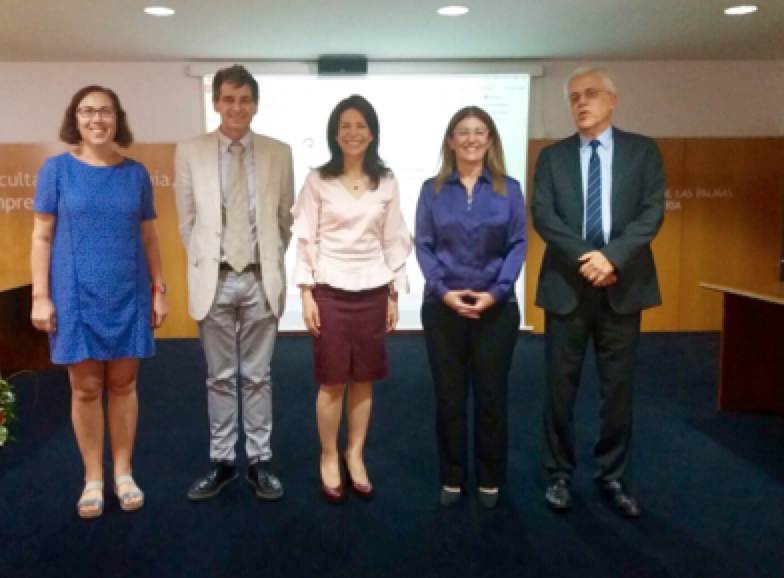 |
| Effective Interpretive Planning: More than Just Answering Technical Questions |
|
A Transformation of Assumptions, Not Techniques, Can Rescue Plans from Failure The trend in interpretive planning—in all planning—concentrates efforts on producing a document of high technical quality: strong themes, well-defined audiences, relevant goals, strategically chosen interpretive media. But even the best laid plans often make it no farther than the near edge of a deep gap. On the gap’s distant side awaits implementation. On this side, well-intentioned, well-invested, high-quality technical plans quickly grow outdated and perish. Many planners and managers blame their inability to cross the gap on a lack of resources, whether money, time, personnel, information, or political will. To blame any lack, however, is to blame outsiders, which relieves those same planners from ever examining their own planning assumptions. A An honest examination of these, nonetheless, reveals that successful plan implementation depends on our deep conception of planning and what kind of world we think plans need to succeed. To transcend implementation barriers that arise from these assumptions requires a new worldview, one that integrates technical planning, social process, and community participation, that blends various kinds of knowledges, and looks at challenges through a holistic lens. This becomes critical in a rapidly changing world. Successful Plans Mobilize People to Implement Them Around the world, heritage plans of all kinds end on office shelves, unimplemented. While planners point to diverse causes, a familiar story haunts many plans. That is, in a world of accelerating change and uncertainty, where governments possess fewer resources, face more demands from society, an ever- increasing number of stakeholders in more open social forums, increasing complexity and globalization, and of course climate change, governments can no longer implement most of their management plans by themselves. They need resources, ideas, and political support from others. They need their stakeholder community. But management plans of all kinds are commonly written by technical— usually outside—experts, employing echnical language, tools, and frameworks. They rarely share power with non-technical stakeholders, fearing how their influence would devastate the document’s quality. Their contracts do not require them to strengthen stakeholder communities or even focus on implementation. Those stakeholders, in turn, do not participate in defining the planning terms of reference, do not co-create the process, do not own the products (such as themes), and usually do not even read the plans. Little surprise then that they do not support their implementation and, at times, they even oppose it. Similarly, heritage managers these days talk highly of adaptive management, participation, resilience, systems thinking, and living documents, yet plan after plan languish as final drafts, impossible to update due to their format, conceptualization, and funding allocated only to produce a document and nothing else. So, on one hand, few people care to implement plans and, on the other, even when they do, the technology of planning documents (permanent binding, sequential pages, investment in layout and design, i.e., a publishing paradigm still largely unchanged since Gutenberg’s Bible 600 years ago) makes it nearly impossible. Both contribute to plans that quickly fall out-of-date and left behind by a world that cares little for plans that pay scant attention to social, cultural, and political realities. A Holistic Response Can Transcend Barriers Planners Build around Themselves This crisis is nourished by a techno- rational mindset that perceives planning and the challenges it seeks to overcome as merely technical. Politics, culture, stakeholder biases all get in the way of achieving the best technical interpretive “solution.” Based on this modernist worldview, plans and their creation occur very much like scientific studies (proposal → special funding → baseline research → analysis → draft → peer review → publish → someone else expected to implement). And to create such a plan, planners must assume that a PLUS World exists—that is, Predictable, Linear, Understandable, and Stable—needed to produce technical interpretive plans. In this mode, science dominates rather than accompanies decision-making whether to conserve elephants or choose interpretive media. But we do not live in a PLUS World, where “plus” represents the simplest mathematical operation. Rather our world is DICE (when you throw dice, you never know how they will turn up) that is Dynamic, Impossible to completely understand, Complex, and Ever-changing/Evolving. To survive in this world requires a planning process that must learn, adapt, change, and update continuously. In this world, we view planning as a unique opportunity not only to think constructively about the future but to build community social capital for the heritage area. Just consider how sadly infrequent such time and money are invested in bringing people together as during a management planning process. But instead of building the single most important resource necessary for implementation—“community cohesion,” “capital,” or “alignment”— governments and donors focus merely on producing a document. And thus they find themselves glaring outward from the gap’s near edge.
An alternative approach, described in the book The Future Has Other Plans: Planning Holistically to Conserve Natural and Cultural Heritage (Kohl & McCool 2016), sees planning as a facilitated, continuous dialogue among community members that both sets a future course and empowers that community to work together toward implementing it. Such a planning process, rather than waiting until a plan becomes “final” to consider implementation, negotiates conditions favorable for plan implementation before any planning begins, such as: • Involve the community as early as possible in deciding how the planning process will occur • Avoid creating rigid delivery timetables before it is even clear what should be done and by whom • Align the community; that is, most actors should agree with the planning and its outcomes even if their agendas vary • Build legitimacy into the planning process, for example, through joint fact-finding and problem definition • Construct minimal trust and transparency in order to work together • Train in interpretation, dialogue, and decision-making. If the community is not ready to enter a planning process, its actors will not commit resources, energy, or time to implement. • Forge a new relationship between government, stakeholders, and consultants. The conventional approach charges outsiders with most research, facilitation, decision-making, and writing. This not only robs the community of opportunities to strengthen its ability to work together, but ensures that no one but consultants feel ownership for the plan. To help heritage communities realize their future together, Holistic Planning does the following: • Recognizes emerging phenomena and interprets them through interior and exterior perspectives • Redistributes political power by integrating different forms of knowledge and implementing democratic reforms • Transforms constituency visions into reality through authentic conversation that defines many facets of vision • Cultivates constituent communities and strengthens their social capital, cohesion, and trust to learn from and implement management decisions, with sufficient adaptability to protect heritage values and share them with the wider public cover the long term. So while traditional interpretive consultants create interpretive plans via a set of technical questions (What are the objectives? Themes? Audiences? Interpretive media?), their success depends much more on investing in the stakeholder community that can fill a plan with excitement and ownership that takes interpretive themes and media off the page and into the community and landscape. |
| Please visit http://www.pupconsortium.net to learn more about our mission and network
|
| PUPdates |
 PUP Participates in the International Conference on Urban Heritage Conservation and Development | |
|
| Publication Corner, Three PUP Members linked by two articles |
Marisol Mayorga, PhD candidate at Kansas State University, recently published two articles in collaboration with PUP members Ted Cable and Mariela García-Sánchez.
In the Journal of Interpretative Research, Marisol and Ted published Evaluation of Interpretive Media Use and Effectiveness at a Nature Center. This exploratory study examined the use of interpretive themes in two exhibitions, and used the idea of “zones of tolerance” to study the effectiveness of QR codes within two exhibitions at Kansas’ Dillon Nature Center (pictured below). According to the results, QR codes and other forms of technology are not widely effective at this point, but visitors’ attitudes may shift in the future.
In Legacy, Marisol and Mariela García-Sánchez wrote How Do Rainforests Talk? Moving Science from Journals to Communities, an article detailing the creation of the new interpretive trail, “Bird Garden”, in Tirimbina Biological Reserve. The article highlights the need for researchers to change their visitor education strategy and their use of “Tilden’s and Beck & Cable’s principles, Ham’s “TORE” (Thematic, Organized, Relevant, Enjoyable) framework, and a participatory from the PUP Global Heritage Consortium” (Mayorga and García-Sánchez 15) to create the scientific, digestible, and engaging exhibit for the public.
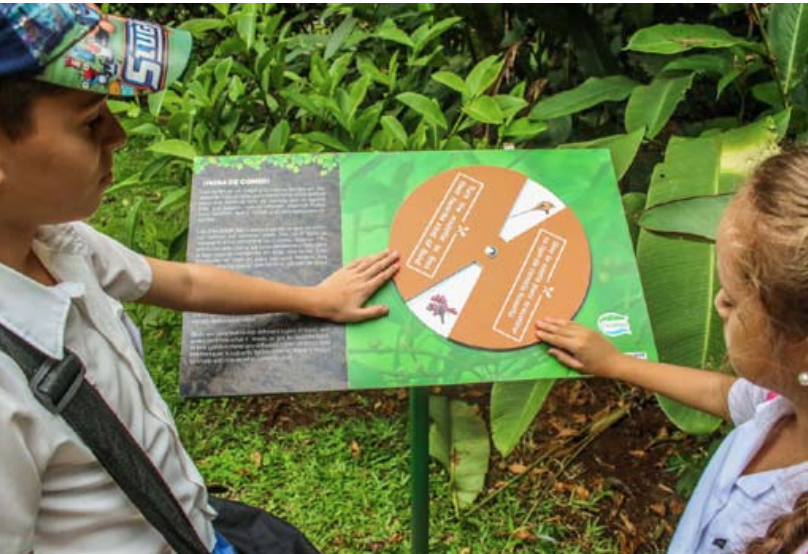
Tirimbina Biological Reserve's revamped Bird Garden Trail helps educators, interpreters, and tourists make sense of the bird conservation.
Citations:
Mayorga, Marisol & T. Cable, Ted & Mullins, Chris. (2017). Evaluation of Interpretive Media Use and Effectiveness at a Nature Center. Journal of Interpretation Research. 22. 75-82.
Mayorga, Marisol & García-Sánchez, Mariela. (2017). How Do Rainforests Talk? Moving Science from Journals to Communities. Legacy. 28. 15-17.
Three Questions with Mariela García-Sánchez, PUP Webinar Coordinator |
 |
1. What brought you to coordinate the Webinar series?
I was attracted to the idea of collaborating in an initiative like PUP in which there are many people with experience in the field of interpretation. A setting in which I can help and, at the same time, learn new things.
2. Which Webinars are particularly popular?
I only was in one at the moment, so I don’t have much ground to answer that question. But I think that the interpretation of high-demand expeditions will be very popular because the people started to make the inscription without having officially started advertising.
3. What Webinars are currently being offered?
The ones we are currently offering are:
· Interpretation in natural areas during expeditions of high physical exigency, facilitated by Carlos Rosero. November 8, 2017.
· Interpretive "curation": applying interpretive strategies in museum exhibitions, facilitated Alejandra Mosco Jaimes. January 10, 2018.
· How do we interpret to allow the public to understand the thoughts and the emotions of ancient peoples, facilitated by Antonieta Jiménez. May 9 and 16, 2018.
You can check out upcoming webinars here: http://pupconsortium.net/webinarios/.
|
|

 We welcome your thoughts as we push to finish our online Strategy Dialogue and prepare for an exciting time working together in 2018 and beyond!
We welcome your thoughts as we push to finish our online Strategy Dialogue and prepare for an exciting time working together in 2018 and beyond!


